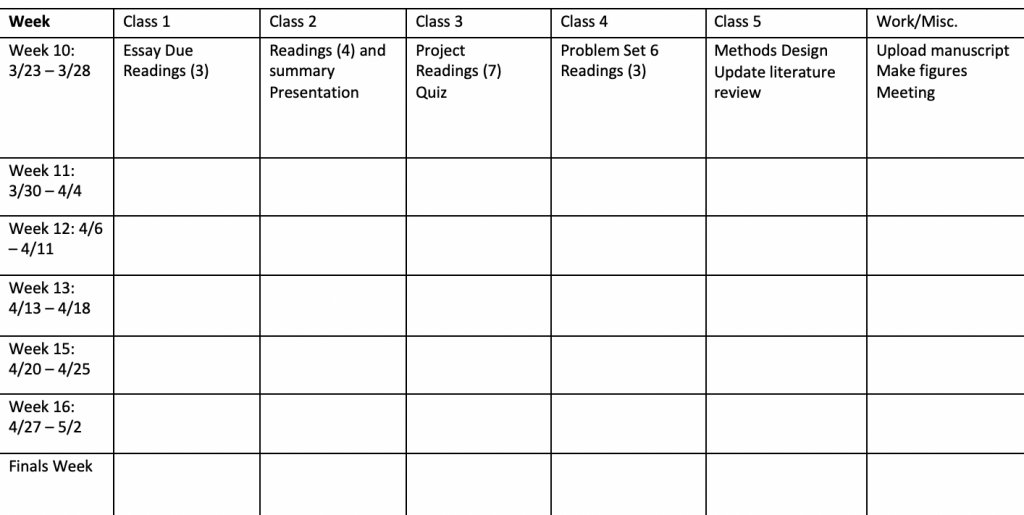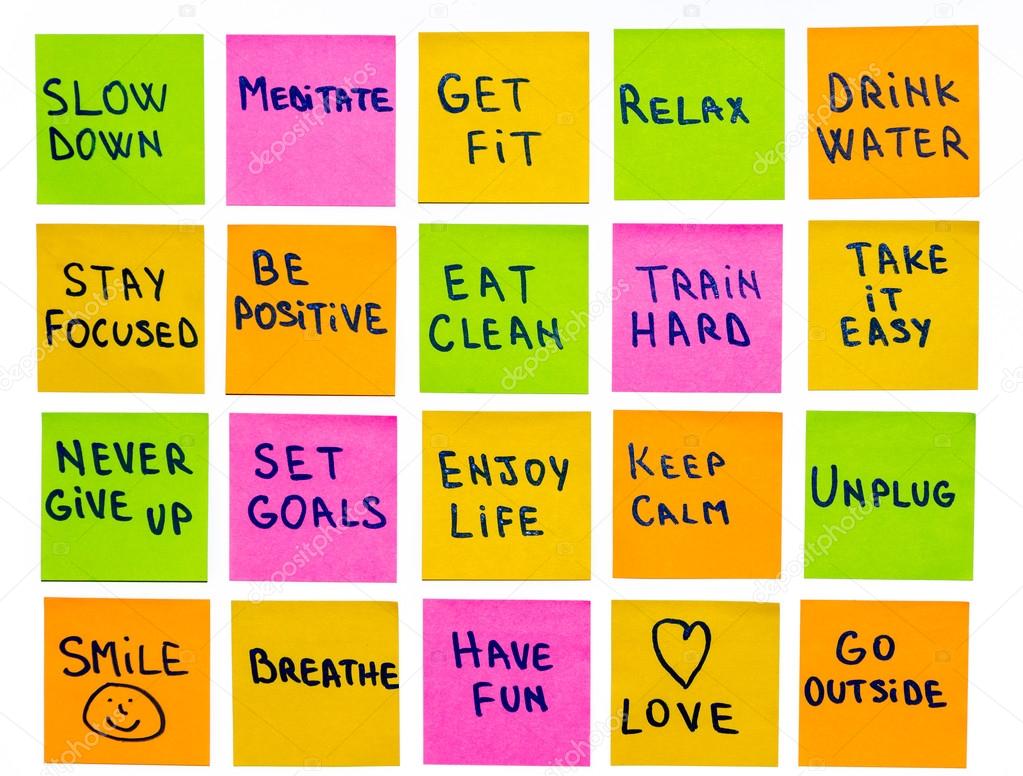By Emily Ng
Edited by Kristi Kaeppel
As instructors and students in higher education, we find ourselves—suddenly, uneasily—thrust into a new landscape. Some of us may have experience teaching or learning online to varying degrees, while for others, this is unfamiliar terrain that demands of us a quick adaptation. In order to ease anxieties and address this new reality, we list below some ideas that we hope will help students adjust to an all-online course load and working at home. Before we do though, it is important to reiterate a refrain that is circling among instructors (and applies to students as well): don’t hold yourself to unrealistic expectations. As this statement from University of North Carolina Professor Brandon Bayne reminds us, no one signed up for this. Not this course, not the sickness, not the mastering of new technologies. You may find that keeping a routine and schedule helps you maintain a much needed sense of normalcy while others need less structured time and cannot hold school work at their main priority at this time.

What should I expect from online learning?
The pros and cons of online or distance learning as opposed to traditional, in-person learning have been discussed before in many studies, op-eds, and related platforms. The pros seem obvious: more flexibility, no travel time, and the ability to move through material at your own pace. The cons are related to the lack of immediacy— the ability to interact in real time with all the benefits that affords in terms of instant feedback and dialogue with your peers and instructors. It’s more difficult to ask questions as they occur and clarify information. This puts a lot of work on students, and self-discipline and self-directedness become more important for success. That said, asking for help and support from faculty and peers when needed is also key for success.
Online learning can be distinguished as synchronous (dynamic, real-time classes) and asynchronous (self-guided on your own time). Your classes that will continue in a synchronous fashion will have virtual meetings during your real class time and allow for engagement and real-time questions, but may also run into technical difficulties. Be mindful of the space you’re in when joining; you’ll want one that isn’t distracting. And, as some devastatingly embarrassing videos that emerged on the internet this week remind us: pay attention to what your camera is showing to the class. Classes that will now be asynchronous will have a more flexible schedule and you’ll self-regulate when to complete work for these classes. In the case of the latter, it becomes more important to find a system that works for you to keep track of your work and progress.
Here are some ideas to keep afloat during this tumultuous transition to fully online courses:
1. Keep a calendar or planner to manage your work.
It’s an obvious method that can be easy to drift from. If, like others, you eagerly started the academic year with a planner in hand but have gotten out of the habit of using it, now is the time to pick it back up. You can use a handwritten calendar—lined or a bullet journal, weekly planners, etc.—or an electronic one. If you use electronic calendars on your phone, also set up reminders for important graded assignments (quizzes, projects, etc.), or set up Google reminders if you use Google Calendar. If a weekly or monthly calendar feels too overwhelming, make a realistic to-do list each day separate from the more extensive calendar.
2. Deadline mapping allows you to keep week-by-week due dates in one place.
Sometimes, having detailed calendars and daily to-do lists can get overwhelming. Using a simplistic, weekly view of important due dates may help. A screenshot of the template, provided by Dr. Raissian at UConn, shows an example of a mapping table with classes:
If you find yourself a little burned out from tracking all of your work and keeping up with course announcements and emails, try limiting checking your notifications to a few set times a day instead of having them constantly show up as alerts on your phone or computer.
3. Leave notes around your room or house.
Consider putting up sticky notes somewhere you’ll always see it (mirror in the bathroom, bedroom wall, on your laptop, etc.) that can serve as reminders. Often, these will be for deadlines, but you might also want to put up well-being and motivational reminders (e.g. “don’t worry about perfection—just starting writing!”).

4. Set aside blocks of time to work.
Without the routine you established on campus, you may find yourself in need of a new structure to your days, which can be hard when you are stuck inside without anything to break up the day. You might find it helpful to block certain periods of time for work or break up your day with meals or a time to exercise. Or, you might start with time-oriented goals like setting aside 30 – 60 minutes on a specific project or paper. Some people find using the Pomodoro Timer helpful – working in 25 minute chunks, taking a break, and resuming another 25 minute work spurt. Or maybe you’re more task-oriented and don’t want to stop until you feel satisfied with your progress on a given task. After trying out a few techniques, pay attention to what works best for you. For example, I found that I like the Pomodoro technique but 45 minute spurts of work better for me than 25 minute ones.
5. Track and appreciate what you’ve gotten done.
Here is where deadline mapping helps – once you know what you have to do for the week, you can fit it into your weekly schedule and check off what you’ve done. Make sure to savor the satisfaction of accomplishing a task, rather than rush off to the next thing. Another thing you can do is have a separate small monthly calendar where you can check off each day you complete a certain task, or things for a certain class, with a different mark or color.
6. Have an accountabili-buddy if possible!
Remember that although we are social distancing, we don’t have to go it alone. Even though we may be physically distant, we are closely connected in terms of the unprecedented times we are experiencing and our struggles to stay on top of deadlines in a chaotic time. Try sharing (in general terms) your goals for the week and discuss your struggles and successes with your peers. Reach out to your professors and advisors to chat about questions that arise. Now more than ever, it’s important to maintain our relationships and recognize our interdependence.
7. Don’t forget to take care of your body, as well as mind.
In academia, it can be easy to forget our bodies as we’re so often engaged in mental work. But as this pandemic has underscored, we are biological beings with all the fragilities and needs that accompany living organisms. We need sun and air too, so we suggest working near a window and getting outside when you can for fresh air. Some experts argue that sitting is the new smoking, so try to get up frequently even for a small walk around your house. Do stretches, especially for the neck and shoulders that suffer from our hunched over computer posture.
These are suggestions that have worked well for many in the past, but regard this time as one in which you’ll tinker and figure out through experience what works for you. Be kind to yourself: this is a momentous and quick transition in a time of global uncertainty, but humans are nothing if not adaptable.